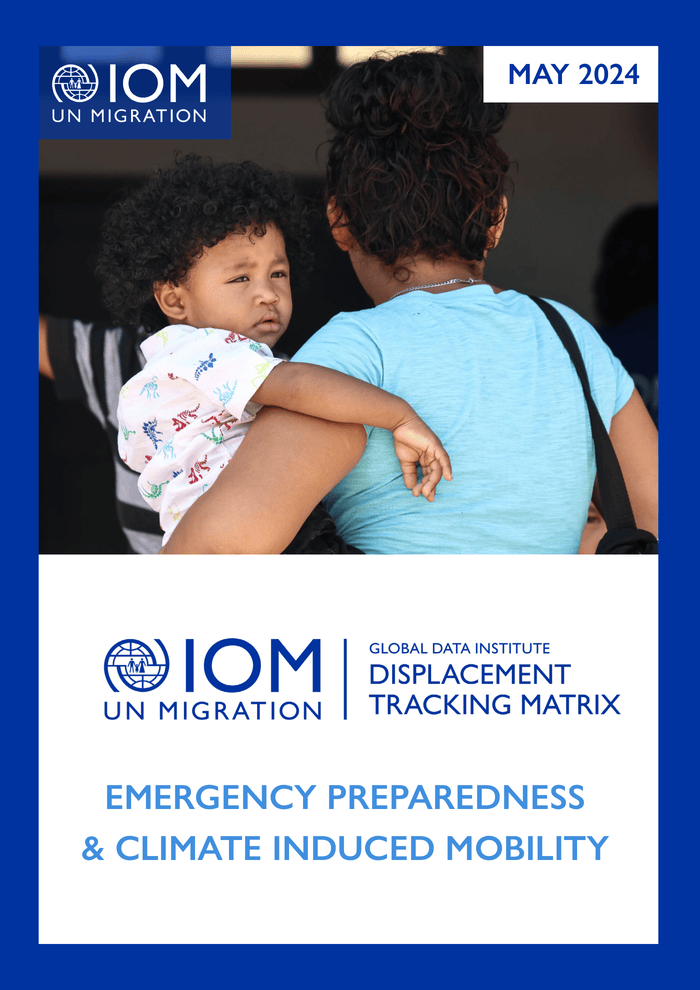Trinidad and Tobago: Emergency Preparedness & Climate Induced Mobility (May 2024) – Trinidad and Tobago
INTRODUCTION
Extreme weather, rising sea levels, and damaged ecosystems threaten the lives and livelihoods of millions of people around the world. Globally, in 2022, an estimated 31.8 million people were displaced due to storms, floods, wildfires, droughts, and extreme temperatures. Climate related disasters are further expected to impact an estimated 1.2 billion persons by 2050. As such, climate change is viewed as an “increasingly potent driver of migration”. Accordingly, climate change-induced mobility describes a wide range of human mobility that is influenced by environmental changes. The term covers migration, planned relocation, managed retreat, evacuation, and displacement.
Small Island Developing States (SIDs) are classified as the most vulnerable to climate change. According to the World Bank, Trinidad and Tobago is vulnerable to increased temperature, changes in rainfall patterns, sea-level rise, increased flooding, and increased frequency and intensity of hurricanes. Other vulnerabilities include hillside and coastal erosion, as well as loss of coastal habitats, and biodiversity. The country is also vulnerable to slow-onset environmental degradation, which is estimated to affect mobility patterns in the upcoming years. Climate conditions do not differentiate between populations; thus, migrant groups are also affected. The experience of disaster/emergency is also not homogeneous. Accordingly, disaster/emergency response and recovery strategies and solutions should strive to accommodate the diversity of migrant identities and experiences.
The International Organization for Migration’s (IOM’s) Displacement Tracking Matrix (DTM) is a system to track and monitor displacement and population mobility. It is designed to capture, process, and disseminate critical multi-layered information on the movement, challenges, and needs of displaced and mobile populations, regularly and systematically.
This DTM activity focuses on Emergency Preparedness and Response (DTM EPR). It provides a timely opportunity to explore the unpredictable situation of migrants and the experiences they face due to climate-induced challenges and vulnerabilities within Trinidad and Tobago. In this regard, this DTM EPR will empower disaster/emergency management teams and other decision-makers with evidence-based insights that can guide strategic interventions to impacted populations.
In this DTM EPR edition, a total of 179 migrants were surveyed in May 2024. The areas with the highest number of respondents were Chaguanas, Port-of Spain, and Diego Martin as shown in Map 1 in the PDF.

